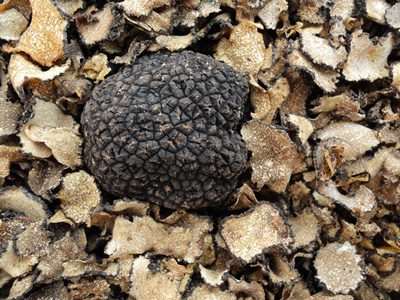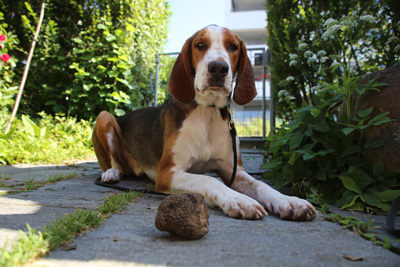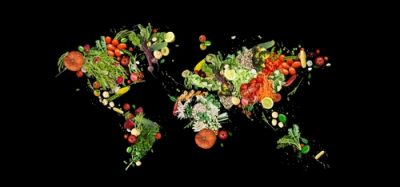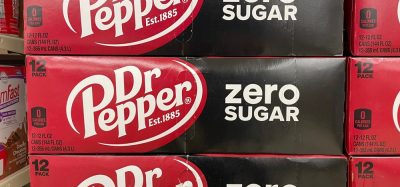Screening truffles for radioactivity from Chernobyl
- Like
- Digg
- Del
- Tumblr
- VKontakte
- Buffer
- Love This
- Odnoklassniki
- Meneame
- Blogger
- Amazon
- Yahoo Mail
- Gmail
- AOL
- Newsvine
- HackerNews
- Evernote
- MySpace
- Mail.ru
- Viadeo
- Line
- Comments
- Yummly
- SMS
- Viber
- Telegram
- Subscribe
- Skype
- Facebook Messenger
- Kakao
- LiveJournal
- Yammer
- Edgar
- Fintel
- Mix
- Instapaper
- Copy Link
Posted: 1 March 2016 | Victoria White | No comments yet
Some forest mushrooms accumulate dangerous levels of radioactivity originating from the Chernobyl nuclear disaster with one notable exception: wild truffles…


Some forest mushrooms accumulate dangerous levels of radioactivity originating from the Chernobyl nuclear disaster with one notable exception: wild truffles.


This discovery is the result of a study by Swiss and German researchers, who have analysed Burgundy truffles collected in central Europe.
The 1986 Chernobyl nuclear disaster in Ukraine released substantial quantities of radioactive particles, particularly cesium-137 (137Cs). Transported by winds and deposited by heavy rainfall, the cesium polluted large swaths of the European continent.
“Much of the continent’s topsoil layers are still radioactively contaminated,” says Ulf Büntgen, Head of the Dendroecology Group at the Swiss Federal Research Institute (WSL) and lead author of the study.
That, however, does not seem to affect the subterranean Burgundy or summer truffles (Tuber aestivum).
“We were very positively surprised that all specimens we analysed exhibited insignificant values of 137Cs,” says Büntgen.
This result is surprising because many types of fungi, including truffles, grow underground and draw nutrients from soil prone to accumulating radioactive pollution. Deer truffles, for example, a type of ‘false’ truffles more appealing to deer or wild boar than to humans, range among the most contaminated fungi. The team says that in regions where the radioactive fallout after Chernobyl was most intense, not only mushrooms but also higher components in the food chain, including game meat of red deer and wild boar, still have excess values of 137Cs.
All Burgundy truffle samples had negligible radioactivity
The researchers analysed 82 Burgundy truffles collected across Europe between 2010 and 2014. The samples were harvested by trained truffle dogs in several natural habitats and plantations in Switzerland, Germany, France, Italy and Hungary. All samples had negligible radioactivity, with 137Cs values ranging below the detection limit of 2 becquerels per kilogram. This is far below the tolerance value of 600 becquerels per kilogram, meaning the truffles are safe for consumption, at least in the areas the researchers sampled from.


Truffle dog “Miro”. CREDIT: Simon Egli/WSL
The researchers are unsure how their results would change if they had collected samples in areas with even higher 137Cs deposition, such as parts of Belarus or central Austria. “We really don’t know,” Büntgen acknowledges. “We will, however, continue to spatially expand our search to include truffles from regions that were so far not considered – the more the better.”
Another unsolved issue is why Burgundy truffles are far less susceptible to radioactivity contamination than other fungi. The researchers speculate a reason could be the way Tuber aestivum uptakes nutrients from the soil compared to other types of mushrooms. However, they say they need to do more research to know exactly why Burgundy truffles are not radioactive.









